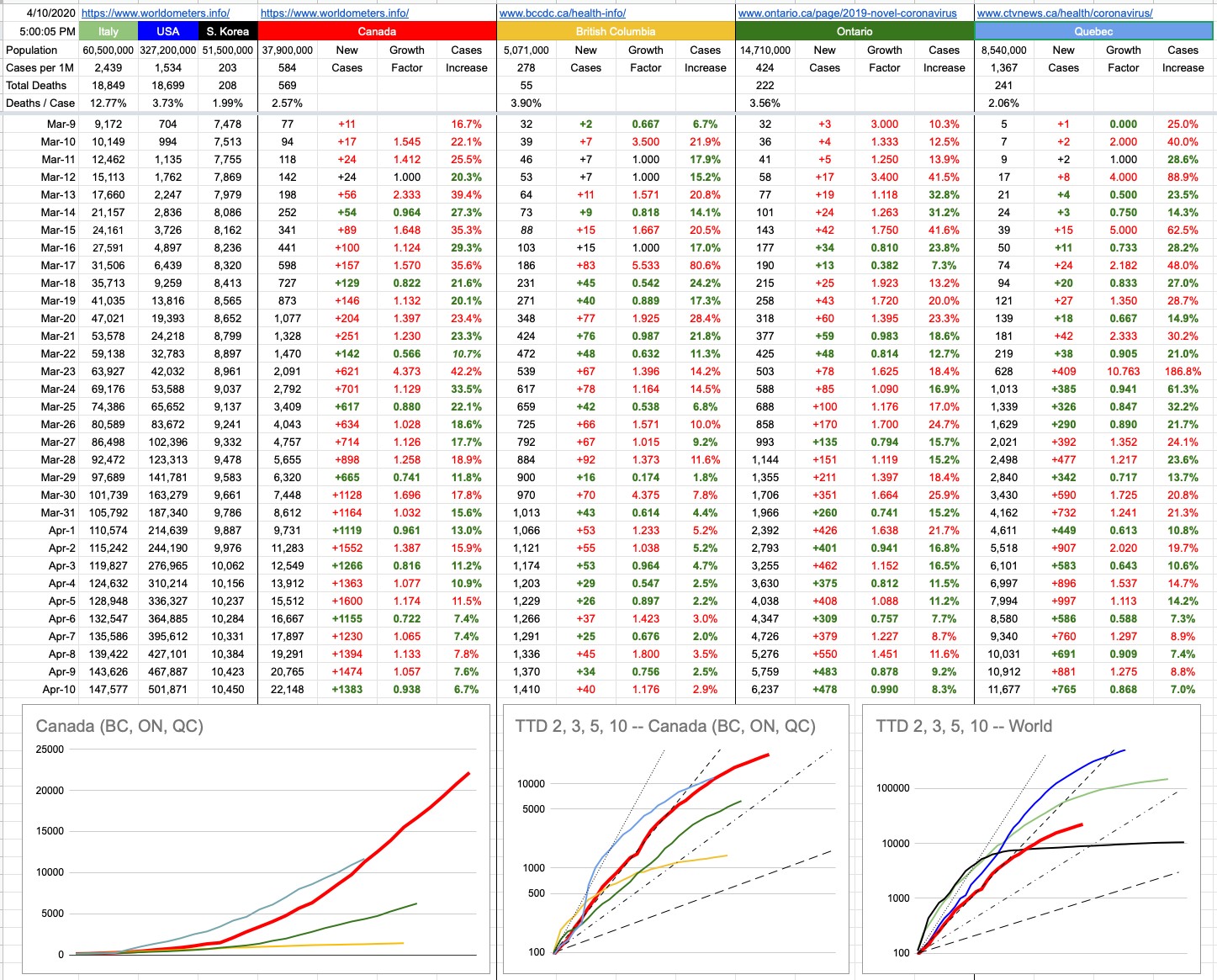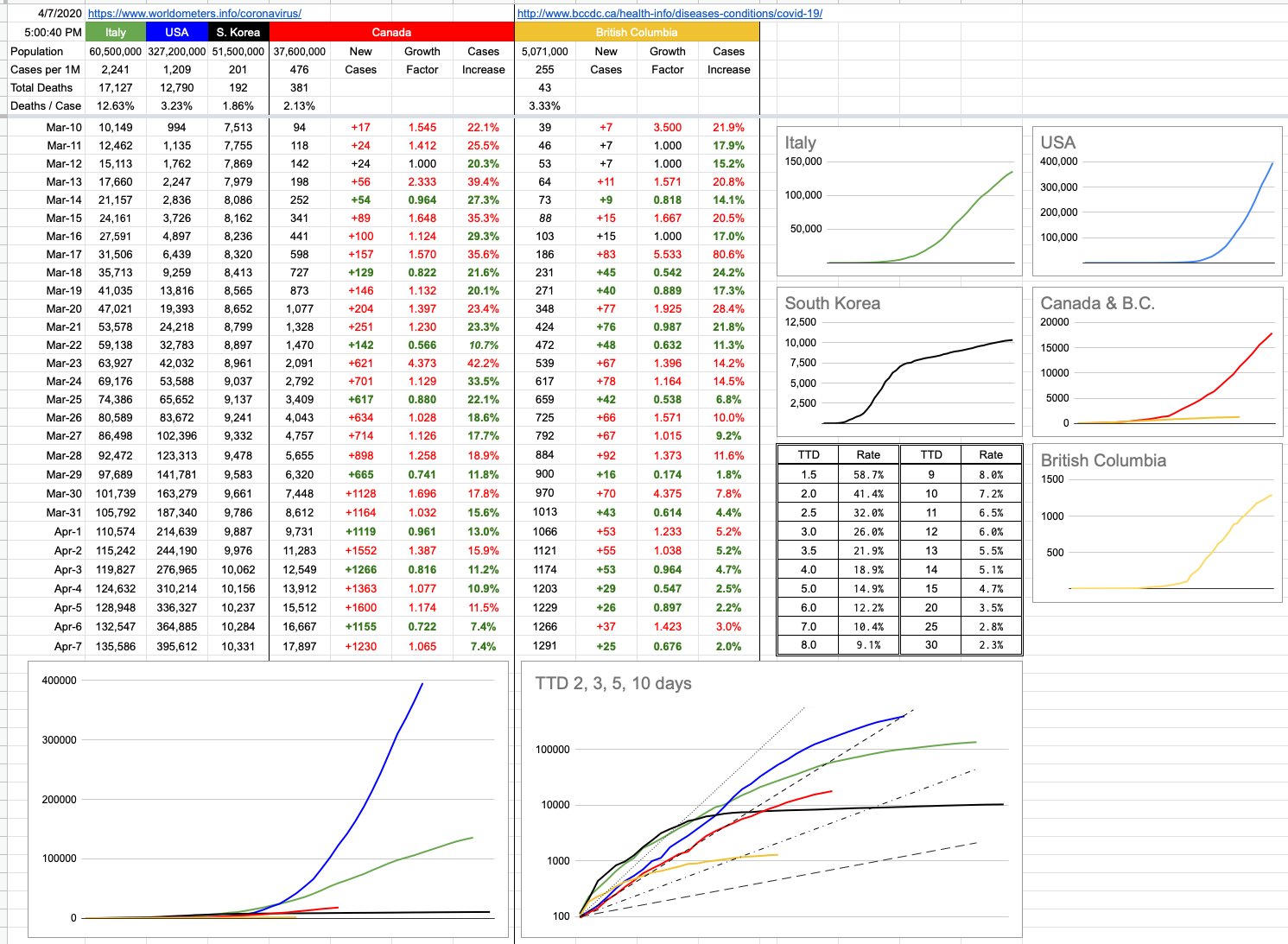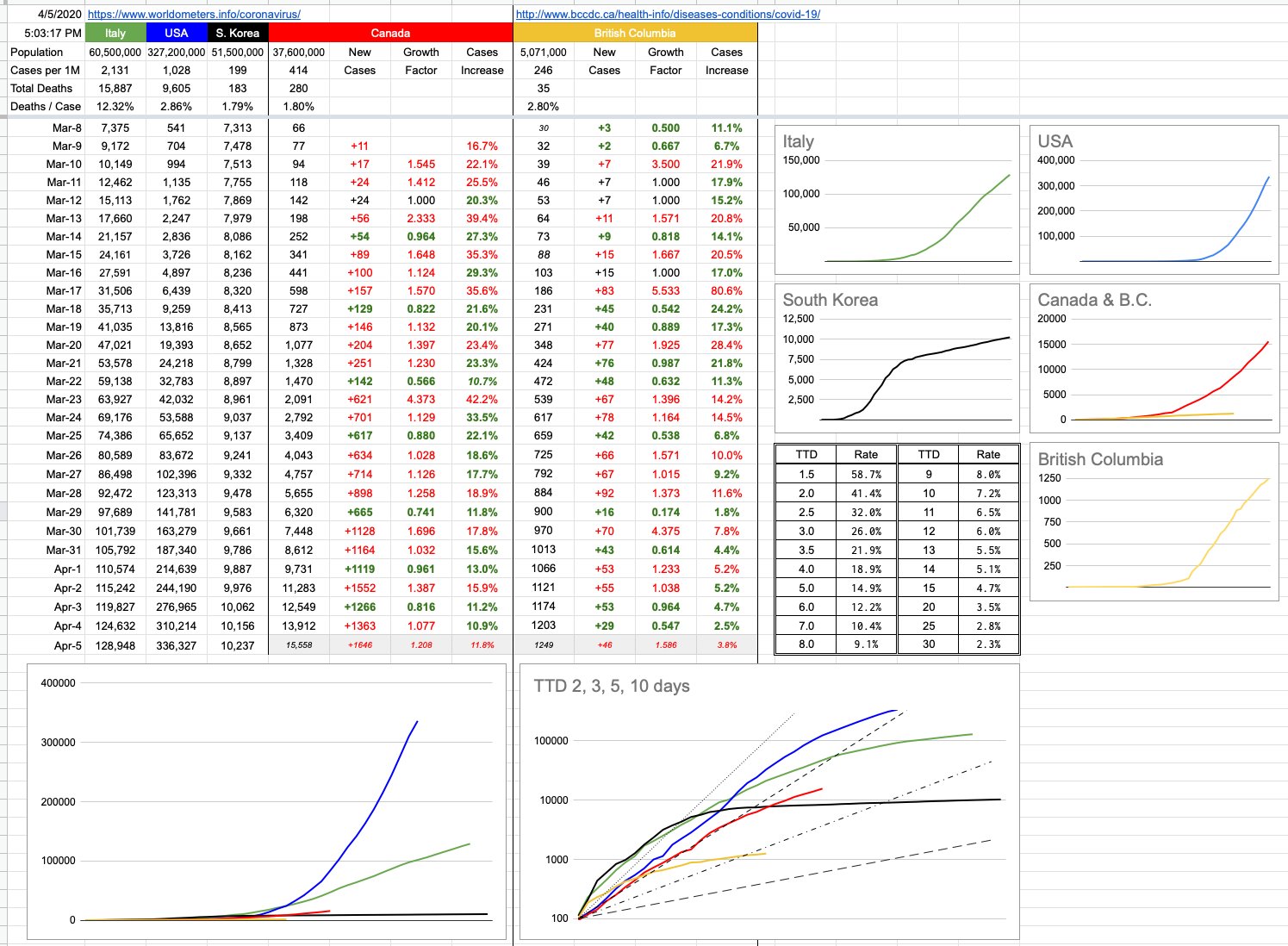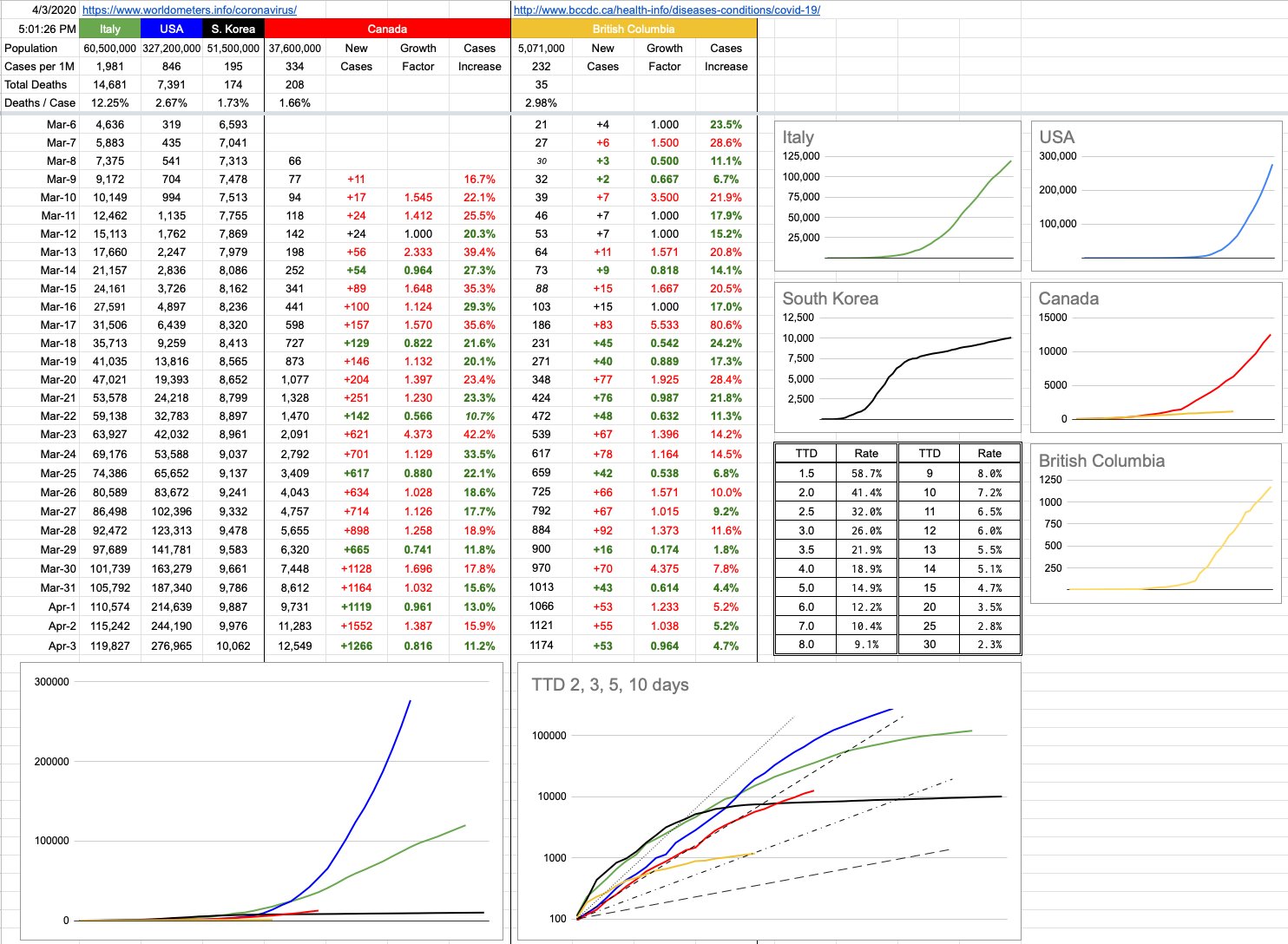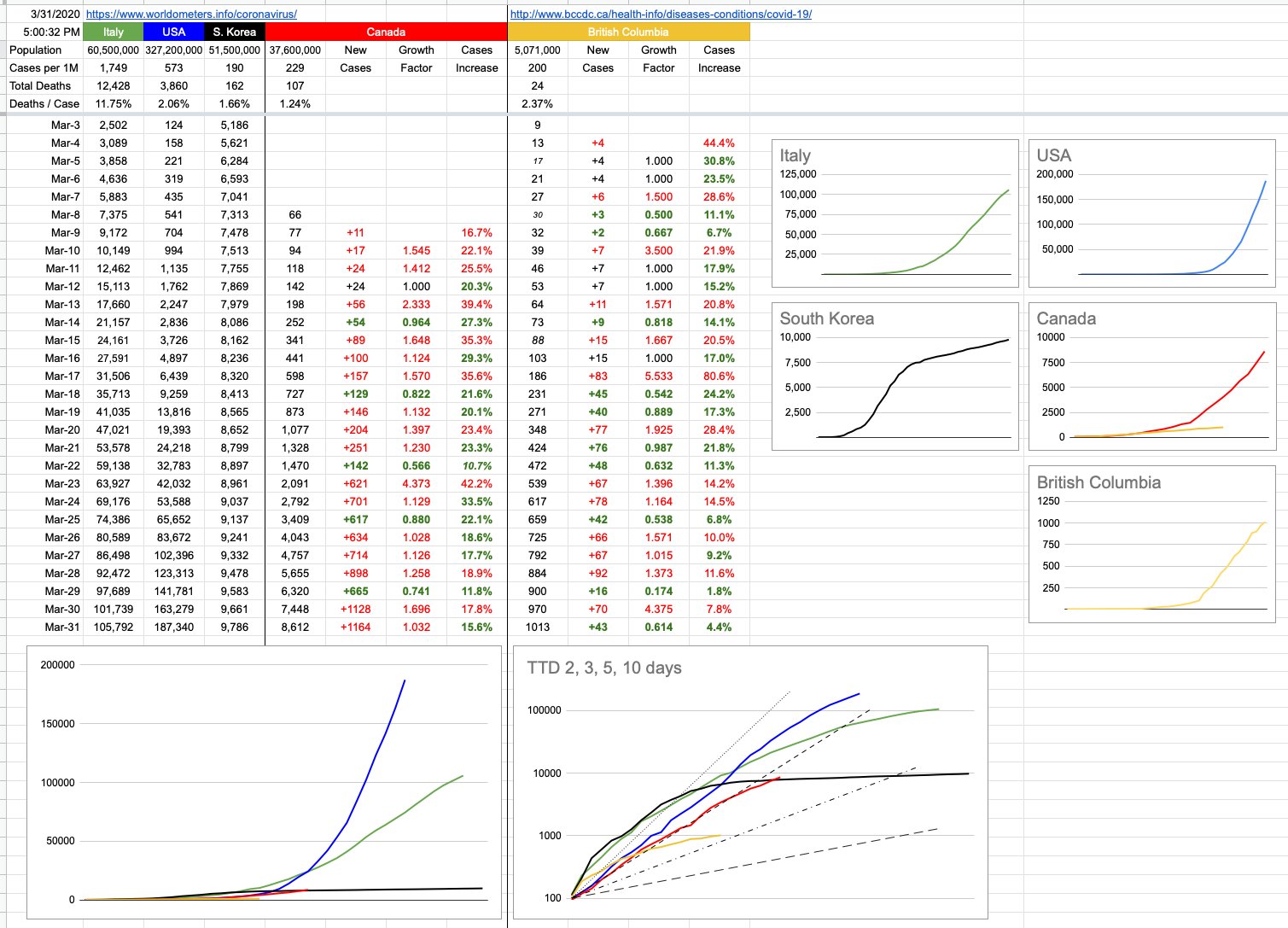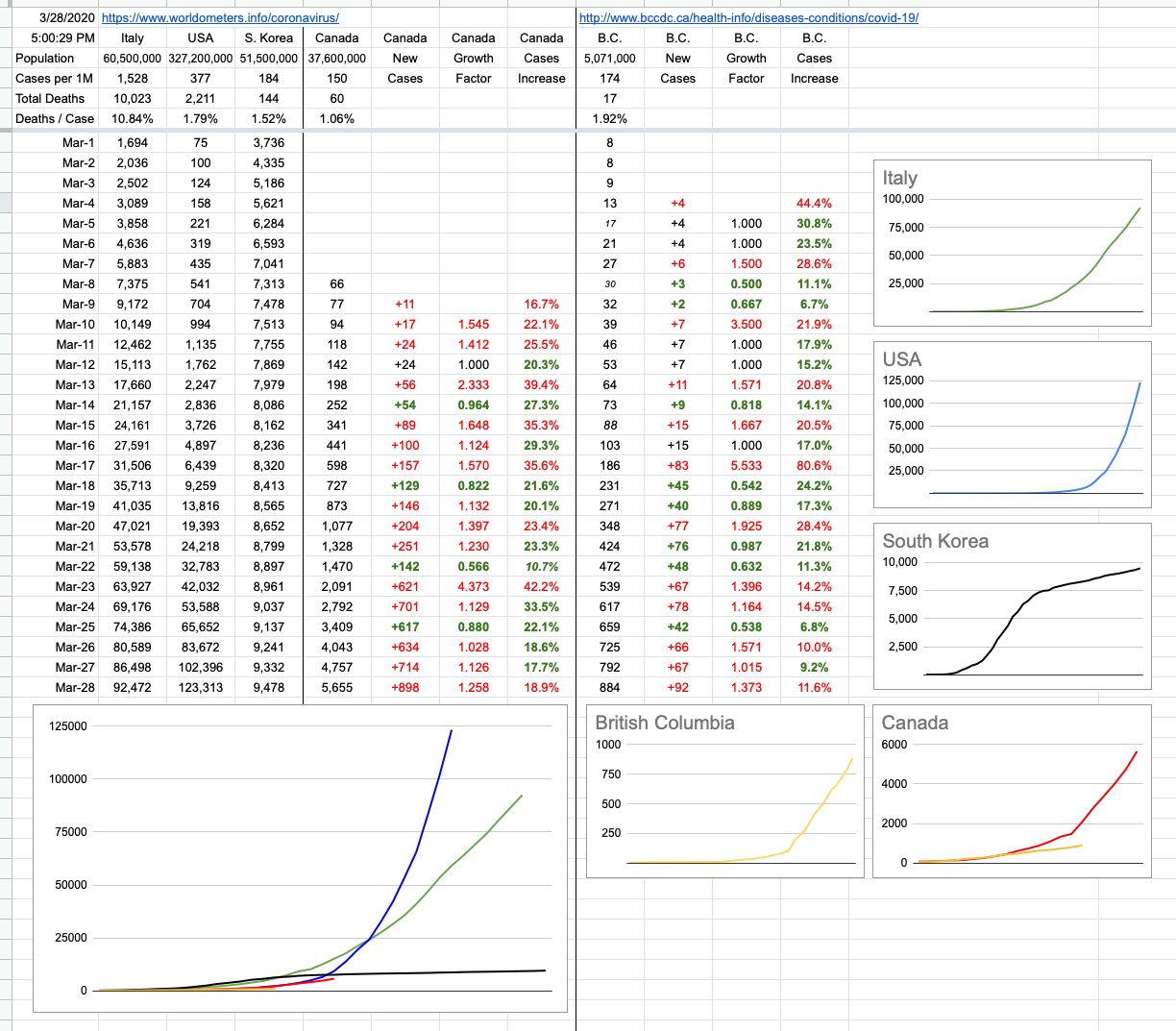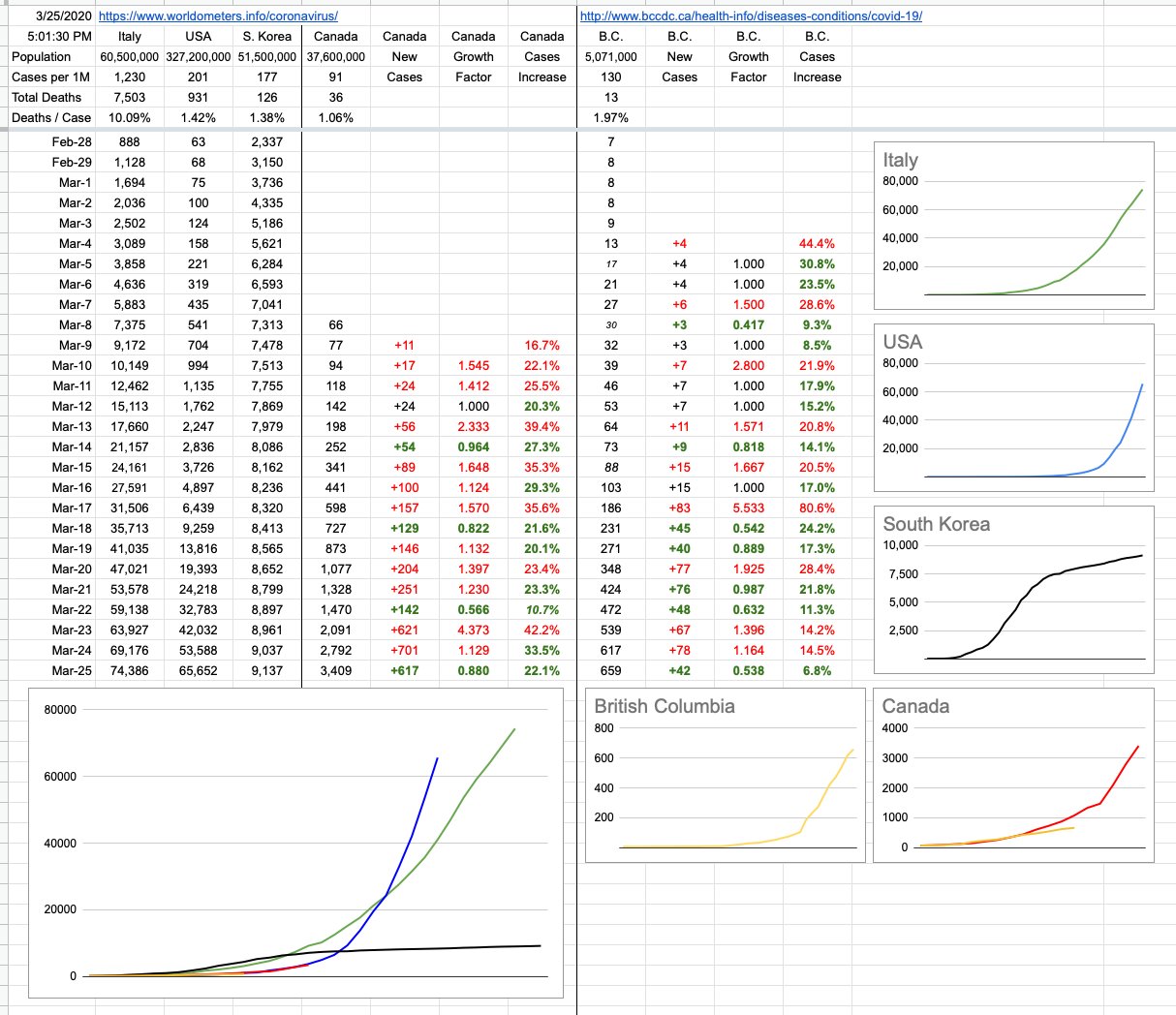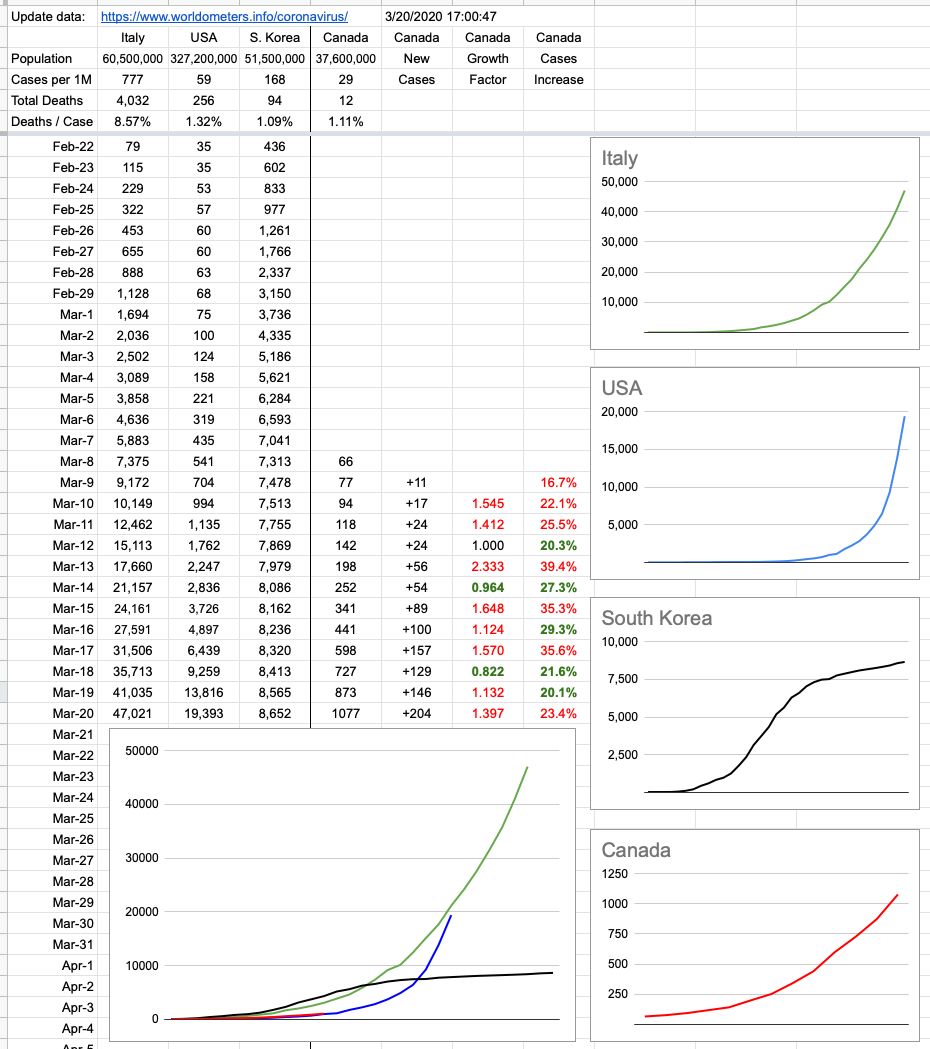Day 25 – April 10, 2020
There’s an interesting experiment going on, on the other side of the planet. Our furniture-making, meatball-eating, hockey-dazzling friends in Sweden’s approach to managing this crisis is a lot different than what’s going on around here. We’ve seen a few examples around the world how not to do things. How a few days here and there can have a drastic effect. How not taking it seriously can have big implications. The Globe & Mail wrote about Sweden last week. CNN picked up on it yesterday. Sweden, not a culture that I would associate with recklessness, is taking a huge gamble. If I were a betting man (and I assure you, by any definition of that expression, I am), even I wouldn’t rolling the dice the way they’re doing it.
I will summarize the articles, add a few comments… and something they left out.
To summarize, their schools are open, their pubs are open and there’s no lockdown. Gatherings of more than 50 people are banned, but everything else is left up to the honour system. Trust that others will do the right thing. Recommendations, not orders. Their PM calls it a “common sense” approach. Their chief epidemiologist is saying that it’s working “reasonably well” so far, and that they’ve had “not very much” spread into elderly homes and “almost no” spread into hospitals. In other words, it is, at best, working ok, but it’s in the elderly homes and it’s in hospitals. So basically, it’s everywhere.
Not everyone has bought into the plan… a letter from 2,000 doctors and public-health experts went out, urging the government to get a reality check. But for now… many Swedes get it, and are isolating and maintaining social/physical distancing. But also, many are hosting big family Easter celebrations this weekend. How will it all play out? The articles suggest we’ll know “next month”. I think we’ll know a lot sooner.
A quick look at numbers shows a sharp increase yesterday… like, double the number of new cases from the previous day… a 12% increase, implying a TTD of 6 days… so if that rate remains constant, their 9,000 cases will be 18,000 next week and 36,000 the following week. I will say that the growth rates before that were lower, and as I said yesterday, one day doesn’t make a trend. But the whole thing makes me very uneasy.
Some other numbers that are troubling and not mentioned… once you become infected and are verified by a test, you become a statistic. Your statistic will get modified as time goes on… symptoms or no symptoms, hospitalization or not, ICU or not and so on. The final statistic you will have attached to you is in the “Resolved” category, and it can go one of two ways: Recovered or Deceased. To be clear, this doesn’t include anyone who may presently have it, symptoms or no symptoms… this is exclusively those who definitely had it, and now definitely don’t. At last tally, Sweden had 1,251 resolved cases.
Here are the numbers, for comparison… for all known resolved cases, these are the percentages of those who fully recovered:
South Korea: 97.2%
Canada: 91.3%
Italy: 61.8%
USA: 59.5%
And while we’re here… BC: 94.1% — and that number would be higher were it not for the type of clusters (like long-term care homes) that we’ve experienced here.
And Sweden…? 30.5%.
Out of 10 people in Sweden who’ve had this thing and it’s run it course, 7 have died. Which seriously brings to question how deeply they have their heads buried in the sand. That is a staggering number for a first-world country that claims to have things under control. I hope they come to their senses soon.
Closer to home…
There seems to be some confusion when it comes to physical distancing. Stay home or go out in the sun but don’t get together with others and jog, but away from other people and bike, but not where others do, so bike lanes are sort of not ok, so what’s the deal…
Here’s the deal. You can go out if you pretend the following… pretend that you’re carrying this virus… you’re very fortunate that you have no symptoms, but you’re very infectious… and, if you give this to someone else, the moment you do, a lightning bolt will shoot out of the sky and strike you dead, instantly. Just like that.
So… what do you need do to avoid that? A mask or mouth covering helps… a lot. It doesn’t help you as much as it helps others, but like that parable where everyone’s arms are frozen straight out and everyone fears they’ll starve to death because they can’t feed themselves… well, duh, just feed each other. Everyone wins when you do your part.
When you cough or sneeze, you eject particles into the air…. little droplets within which the virus is carried… and those droplets can hang around, suspended in the air. Not for hours, but for several seconds. While the virus itself is small enough to penetrate most fabrics, water droplets are comparatively much bigger… so wearing a mask is like coughing or sneezing into your elbow or a handkerchief.
Assuming no masks, if you’re walking single file outside with other people (Arbutus corridor, seawall, sidewalks…), maintain a distance of 4 to 5 meters. If the guy in front of you coughs or sneezes, it’s unlikely to reach you. If you’re jogging or slow biking, 10 meters. And normal biking, 20 meters. And if you’re heading towards each other — well, you’re in the wrong place. As much as I enjoy cycling, not there, not now. Someone else just breathing hard, let alone coughing/sneezing — within 20 meters of us approaching each other — I would be breathing his exhaust. I don’t want to do that.
The numbers across the country look good. Flat, or lower… let’s keep at it… and hope that the people who decided to ignore what Dr. Henry and Mr. Dix said about 100 times this week…. “This is not the time to…”, and jammed up the ferry line-ups this morning, and swarmed Victoria and the Gulf Islands — don’t wreck things for all of us.


